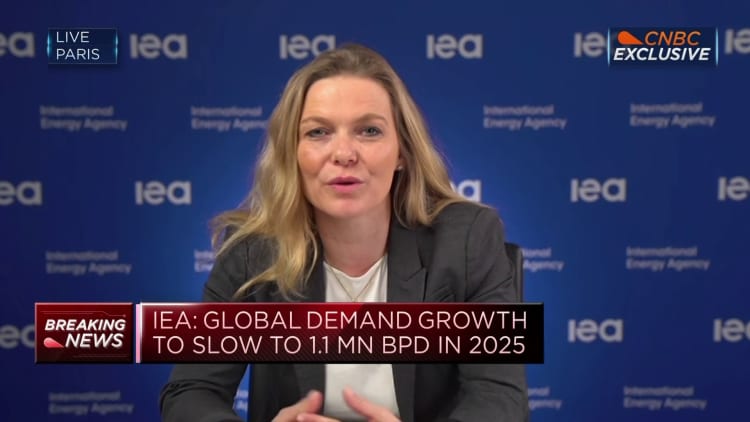
Samsung Electronics Co. is preparing to take the wraps off a $44 billion investment in US chipmaking as soon as next week, a signature project in Washington’s broader effort to bring semiconductor production back to America.
The world’s biggest memory-chip maker plans to outline the project in Taylor, Texas, alongside Commerce Secretary Gina Raimondo, according to people familiar with the matter. It’s secured more than $6 billion of US government grants for an investment outlay that’s expanded significantly to a total of $44 billion over multiple years, the people said. The timing and details of the announcement could still change before they’re finalized, the people said, asking not to be identified discussing private matters.
The award is the latest in a spate of multibillion-dollar handouts from the Biden administration, which is using the 2022 Chips and Science Act to try and revitalize American chipmaking after decades of production shifting to Asia. The broader program is also intended to counter the technological rise of China, which is building up its own domestic semiconductor industry.
The Chips Act—which set aside $39 billion in grants plus $75 billion in loans and guarantees—has spurred well north of $200 billion in private semiconductor investments. Intel Corp. snagged nearly $20 billion in grants and loans. Taiwan Semiconductor Manufacturing Co.—the main chipmaker for Nvidia Corp. and Apple Inc.—got $11.6 billion. It’s unclear if Samsung will get loan awards on top of the $6 billion-plus in government grants.
Samsung’s project adds to a robust semiconductor ecosystem in Texas, including tens of billions of dollars of additional investment from Texas Instruments Inc. in its home state and Samsung’s existing factory in Austin. It’s not clear when the Taylor site will begin mass production, after a reported delay last year. Representatives for the company declined to comment.
The announcement next week will set off a monthslong due diligence period, during which Samsung and the Commerce Department will hammer out the final terms of their agreement. The money will then be disbursed as the project hits key construction and production milestones, with the potential for clawbacks if the firm falls short of its promise.
Credit: Source link














